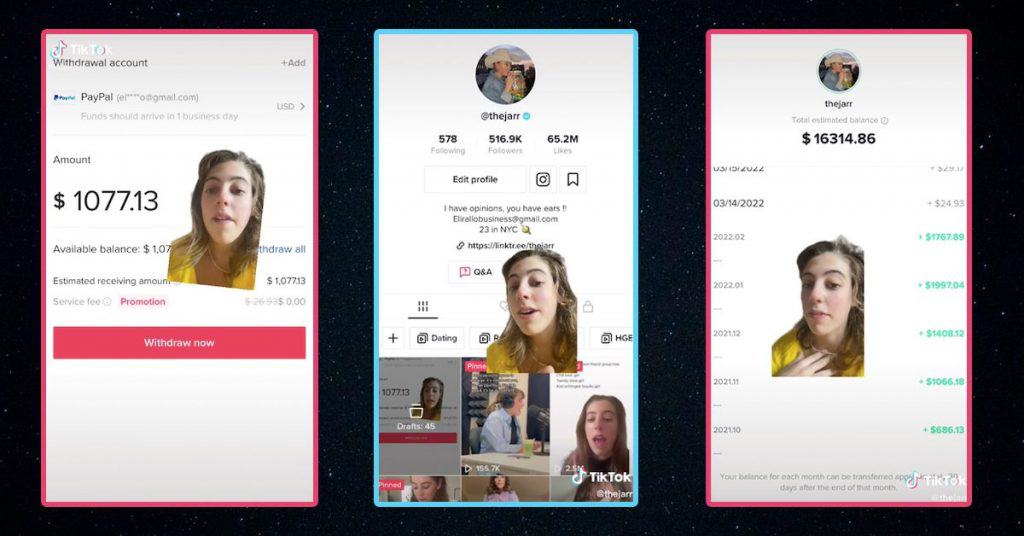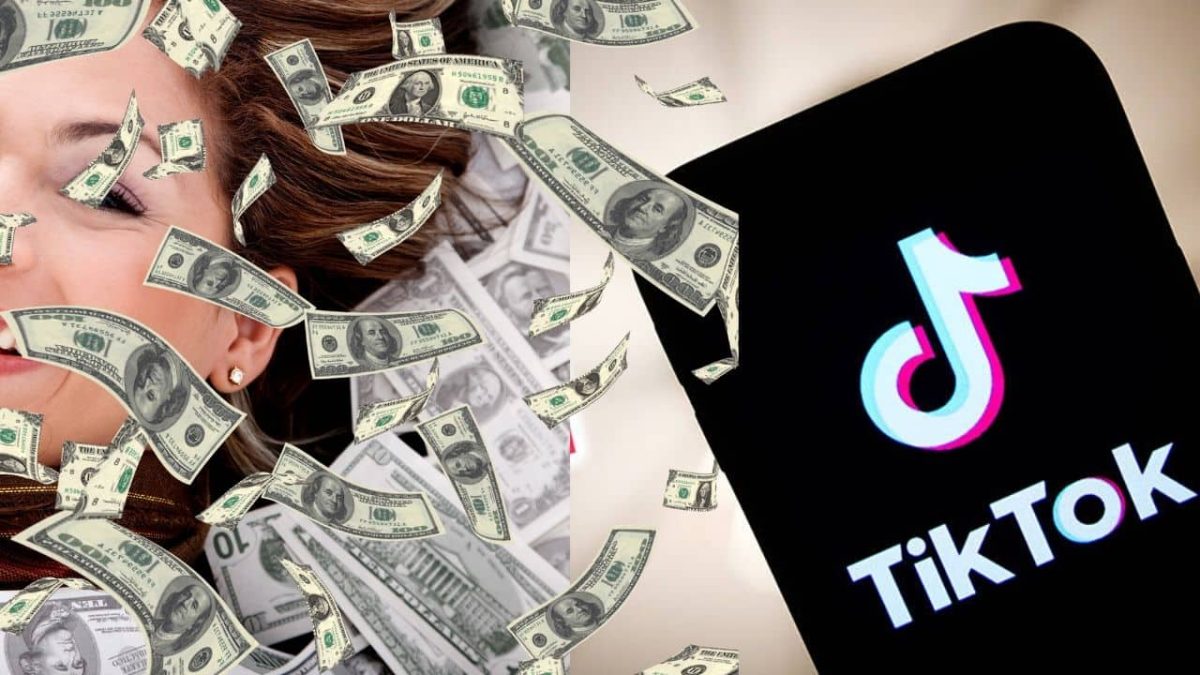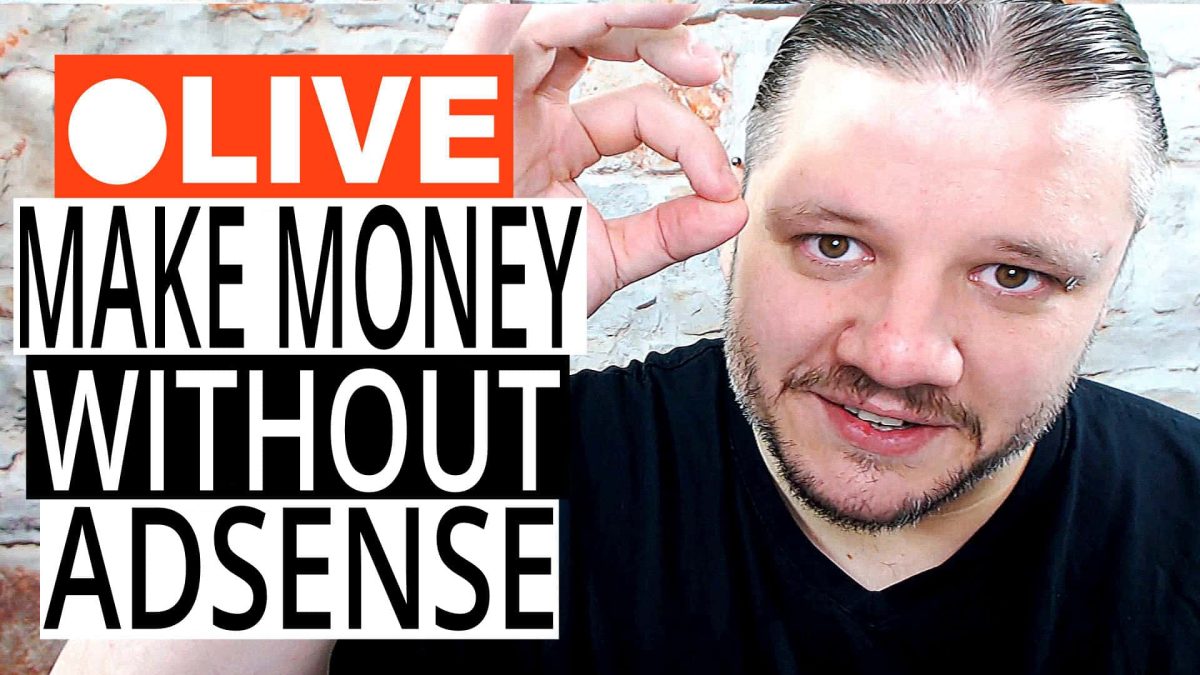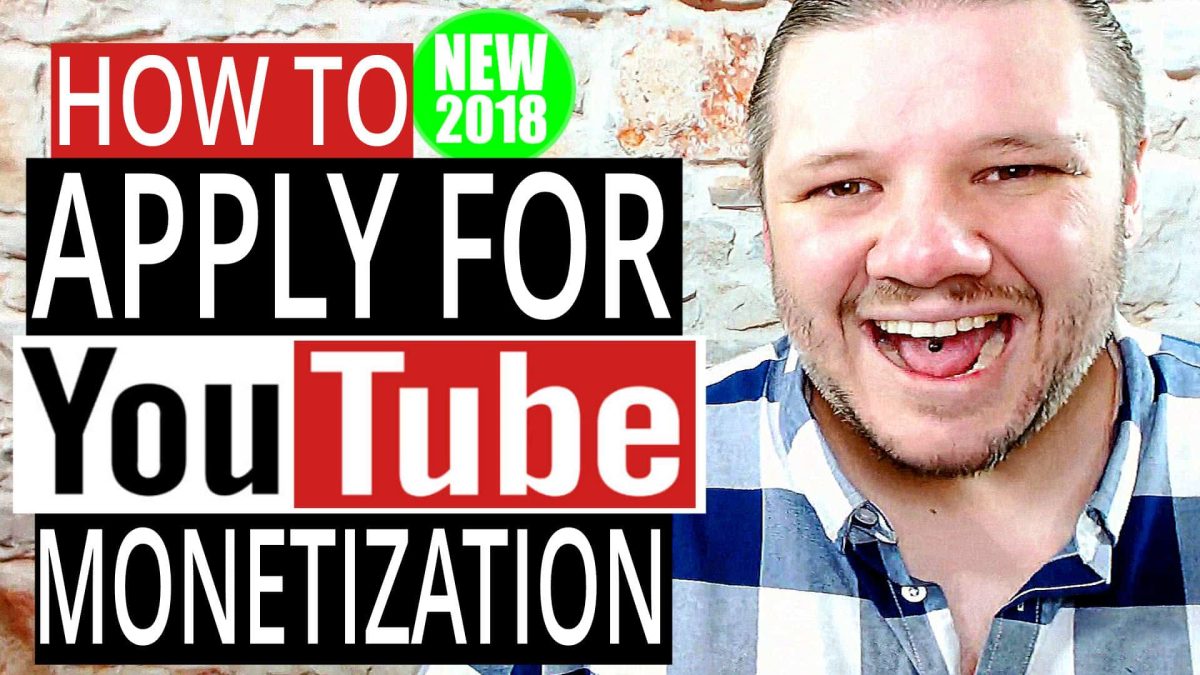TikTok is a social media platform that lets users easily create, share and discover short-form videos. It’s been around for about 5 years now, and it has over 1 billion users worldwide. TikTok is one of the most popular apps in the world, but most people don’t know how much money you can make by creating content on TikTok.
Can you make money on TikTok? – Yes! Many people make a living on TikTok with the TikTok creator fund and brand deals.
In this article, I’ll explain how much Tiktokers earn from their work on the app and show you some of the top stars who are making big bucks off their TikTok channels.
TikTok is a short-form video-sharing platform.
TikTok is a short-form video sharing platform. It was founded in 2016 by Bytedance, and it currently has over 1 billion users.
TikTok is a free app that you can download for iOS or Android. Once you’ve downloaded the app, you can post original content to your feed or watch other people’s videos and react to them with “hearts” or comments.
When you watch videos on TikTok, though, the app will still show sponsored posts from brands in between them (these are called “ad breaks”).

TikTok launched a Creator Fund in 2019, which pays content creators.
TikTok launched a Creator Fund in 2019, which pays content creators. The goal of the program is to encourage people with large followings to keep producing videos on TikTok and help them grow their audiences.
The Creator Fund gives users who have high view counts and follower counts (based on either their overall following or the number of views they’ve received over the past month) access to paid features like Super Broadcasts and Super Chat.
It’s not a profit sharing program; instead, it pays out when you meet certain thresholds based on how many followers you have. (source)
Top TikTok stars include Addison Rae, Charli D’Amelio, Loren Gray, Zach King and Spencer X.
TikTok is a free app that allows users to make short videos or vlogs. The platform is home to millions of creators who post content daily and share it with their fans.
How much can you make on TikTok? – The best TikTok stars are able to earn hundreds of thousands of dollars per month from their channel, while others make a living by posting sponsored content (i.e., paid advertisements).
Here are some top TikTok stars:
- Addison Rae (1M followers)
- Charli D’Amelio (2M followers)
- Loren Gray (2M followers)
- Zach King (11M followers)
- Spencer X
TikTok’s most popular users make the bulk of their income from sponsored posts for other brands.
How much can you make from sponsored posts?
TikTok’s most popular users make the bulk of their income from sponsored posts for other brands. These are called brand deals, product placements, and influencer marketing—and it’s an increasingly common way for YouTubers to earn money online.
On TikTok, there are two types of brand deals: ones that require payment up front or in advance (also known as pay-to-play) and those that don’t require any upfront payment but only take a cut based on views (referred to as pay-to-view).
A sponsor may request that their content be shown first in your video or at the end of it in exchange for offering you compensation. If you’re interested in pursuing branded partnerships with brands on TikTok, check out Promoted by TikTok for tips on how to set up your account correctly so you get paid correctly when someone watches a video with their logo in it!
The top stars can earn thousands or even tens of thousands of dollars for a single sponsored post.
In the past, many of the top TikTok creators have made thousands or tens of thousands of dollars per sponsored post. Some have even made millions!
These days, it’s much harder to make this kind of money on TikTok because advertisers are less willing to spend big bucks on influencers. But it’s still possible—if you’re one of the top creators in your category, you might be able to make a few thousand dollars per post.
If you’re just starting out as a creator and haven’t built up an audience yet, expect to earn between $0-$100 per month until then. If your videos catch fire with viewers and build up momentum over time, however, you could eventually earn more than $1k per month for posting content regularly and creating compelling videos that get lots of views (and attract sponsors).
Today, you can only give tips during live broadcasts.
Now, you’re probably wondering how to earn tips on TikTok. The answer is that you can only give tips during live broadcasts. This means you have to be broadcasting an original video or a reaction video at all times in order to collect your rewards.
Tips are not a reliable source of income on any social media platform. They’re not even much of a reward all the time! If someone likes your content and wants to show their appreciation, they will likely follow you instead of tipping you money (which is what coins and hearts are).
The amount of tips that one receives varies depending on several factors: whether they have enough coins/hearts saved up; how many people watch their videos; if the user is popular enough; etcetera…
Josh Richards has been able to negotiate several deals based on his audience size.
Josh Richards is an example of how a TikTok user can make money. His channel, JoshRichardsTV, has over 1 million followers and he’s been able to negotiate several deals based on his audience size.

“It’s pretty common for myself and other creators like me to be approached by companies who want us to do sponsored content,” says Richards. “Sometimes it’s paid upfront, but most often it’s a revenue-share deal where I get paid 50 percent after the video hits certain viewership milestones.”
Tipping as a feature could bring in even more money for creators.
TikTok is a social video platform with over 200 million monthly active users. In 2019, the company launched a Creator Fund to pay content creators. Creators earn money from the ads that run on their videos through the app’s revenue-sharing system, which works similarly to YouTube’s Partner Program.
But could TikTok make even more money if it offered tipping as a feature? Tipping is already used on some apps like Instagram and Reddit (both owned by Facebook).
With enough followers on TikTok, you can earn real money.
You can earn money on TikTok by purchasing ads and sponsored posts. But the best way to make real cash is by creating your own content, which you can then sell through the platform. This is where things get more complicated; TikTok will take a cut of your ad revenue, but it varies depending on how popular your account is. You’ll also have to pay for post production costs like editing software, camera equipment, etc., as well as any other expenses associated with making videos (music rights costs).
So how much can you expect to make? It depends on how many followers you have and how often people watch your videos. On average, users earn about $4 per 1,000 views—which means that if 10 percent of viewers clicked “thumbs up” or purchased an item from one of our sponsored ads (like hot sauce), we’d be looking at approximately $40 in earnings per video!
Conclusion
If you’re looking to make money on TikTok, you need to put in the work. It won’t happen overnight and it won’t be easy. But if you want it badly enough and are willing to put in the time, then there’s no reason why you can’t make some decent cash from your videos.
Top 5 Tools To Get You Started on YouTube
Very quickly before you go here are 5 amazing tools I have used every day to grow my YouTube channel from 0 to 30K subscribers in the last 12 months that I could not live without.
1. VidIQ helps boost my views and get found in search
I almost exclusively switched to VidIQ from a rival in 2020.
Within 12 months I tripled the size of my channel and very quickly learnt the power of thumbnails, click through rate and proper search optimization. Best of all, they are FREE!
2. Adobe Creative Suite helps me craft amazing looking thumbnails and eye-catching videos
I have been making youtube videos on and off since 2013.
When I first started I threw things together in Window Movie Maker, cringed at how it looked but thought “that’s the best I can do so it’ll have to do”.
Big mistake!
I soon realized the move time you put into your editing and the more engaging your thumbnails are the more views you will get and the more people will trust you enough to subscribe.
That is why I took the plunge and invested in my editing and design process with Adobe Creative Suite. They offer a WIDE range of tools to help make amazing videos, simple to use tools for overlays, graphics, one click tools to fix your audio and the very powerful Photoshop graphics program to make eye-catching thumbnails.
Best of all you can get a free trial for 30 days on their website, a discount if you are a student and if you are a regular human being it starts from as little as £9 per month if you want to commit to a plan.
3. Rev.com helps people read my videos
You can’t always listen to a video.
Maybe you’re on a bus, a train or sat in a living room with a 5 year old singing baby shark on loop… for HOURS. Or, you are trying to make as little noise as possible while your new born is FINALLY sleeping.
This is where Rev can help you or your audience consume your content on the go, in silence or in a language not native to the video.
Rev.com can help you translate your videos, transcribe your videos, add subtitles and even convert those subtitles into other languages – all from just $1.50 per minute.
A GREAT way to find an audience and keep them hooked no matter where they are watching your content.
4. Learn new skills for FREE with Skillshare
I SUCK reading books to learn, but I LOVE online video courses.
Every month I learn something new. Editing, writing, video skills, how to cook, how to run a business – even how to meditate to calm a busy mind.
I find all of these for FREE with Skillshare – Sign up, pick all the courses you want and cancel anytime you need.
5. Shutterstock helps me add amazing video b-roll cutaways
I mainly make tutorials and talking head videos.
And in this modern world this can be a little boring if you don’t see something funky every once in a while.
I try with overlays, jump cuts and being funny but my secret weapon is b-roll overlay content.
I can talk about skydiving, food, money, kids, cats – ANYTHING I WANT – with a quick search on the Shutterstock website I can find a great looking clip to overlay on my videos, keeping them entertained and watching for longer.
They have a wide library of videos, graphics, images and even a video maker tool and it wont break the bank with plans starting from as little as £8.25 ($9) per month.

































